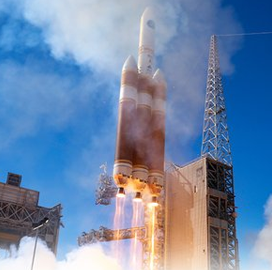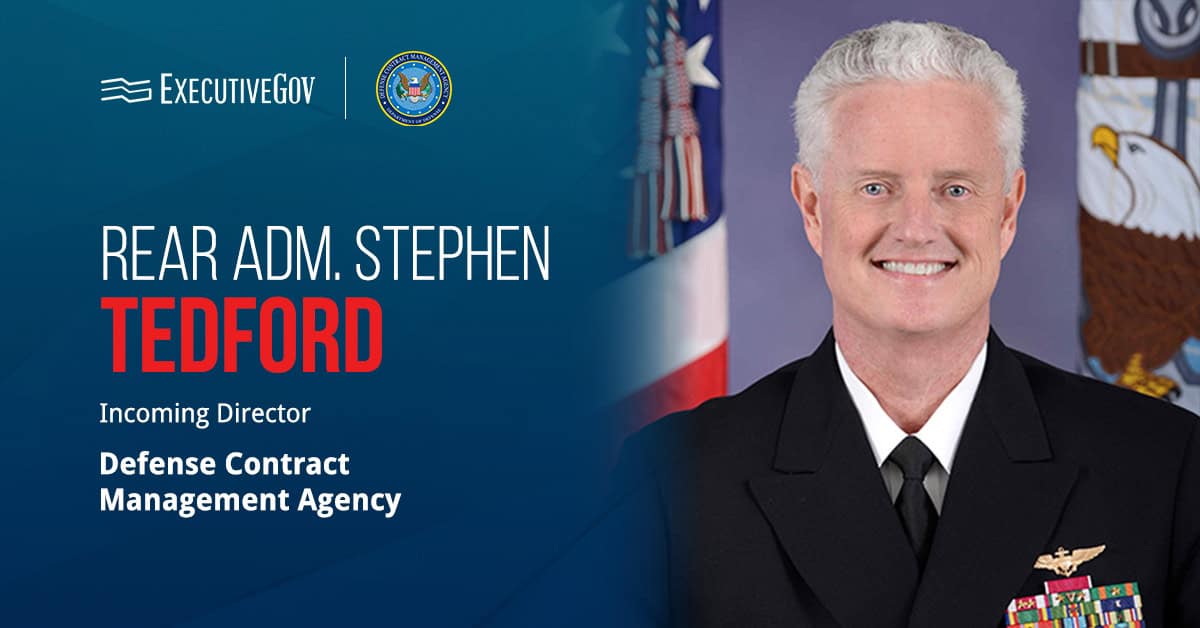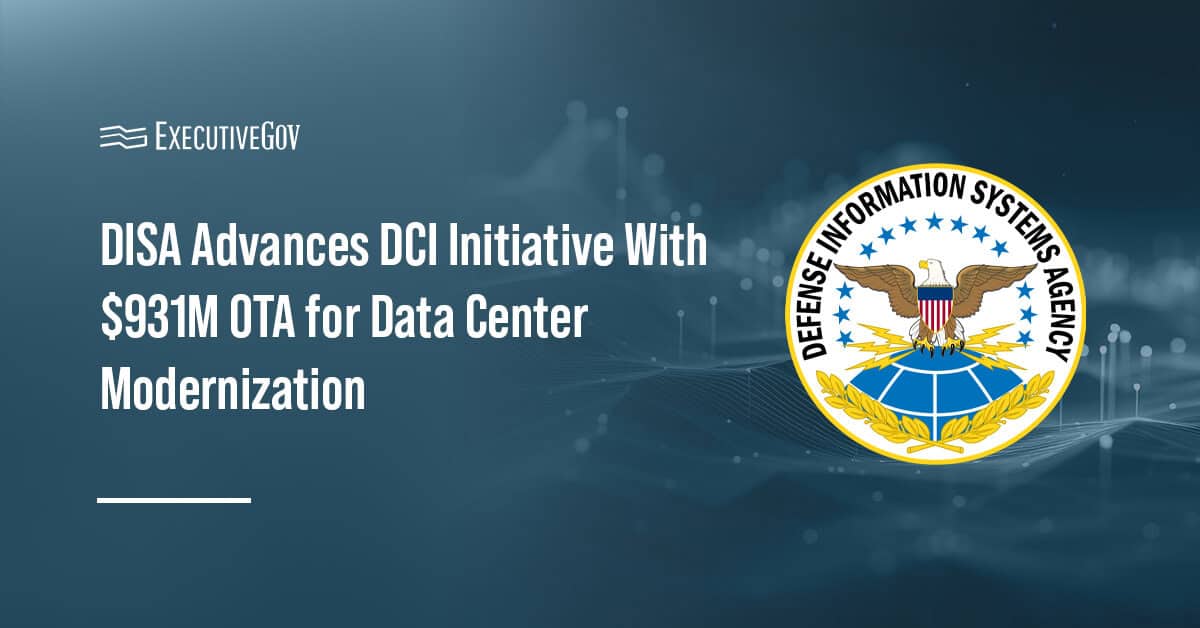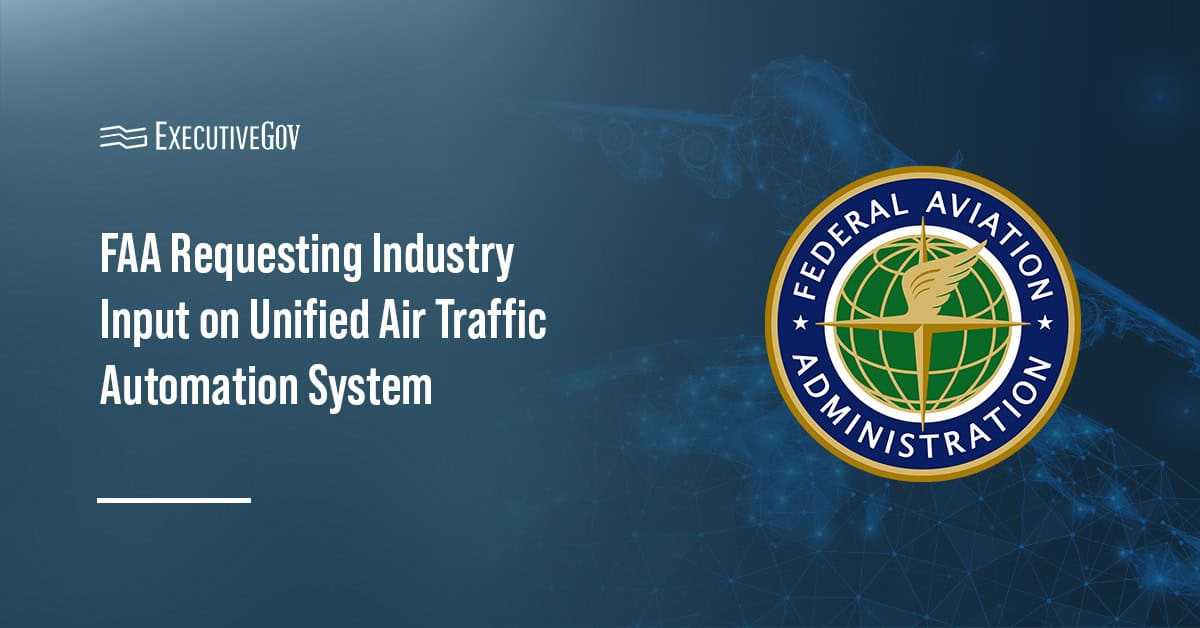The NROL-70 mission was launched on April 9 by the National Reconnaissance Office, which partnered with United Launch Alliance, the Space Systems Command and U.S. Space Force Space Launch Delta 45 for the effort.
The NRO said Tuesday that the objective of the mission is to deliver a national security payload into orbit, which would provide various users, including warfighters and intelligence analysts, with space-based information.
The launch marked the final use of the ULA-made Delta IV Heavy rocket, of which 12 have carried NRO missions.
The launch also marked the conclusion of the Delta program itself, which began in the 1950s. The first Delta space vehicle took flight in 1960.
The NROL-70 mission took off from Space Launch Complex-37 at Cape Canaveral Space Force Station in Florida.





